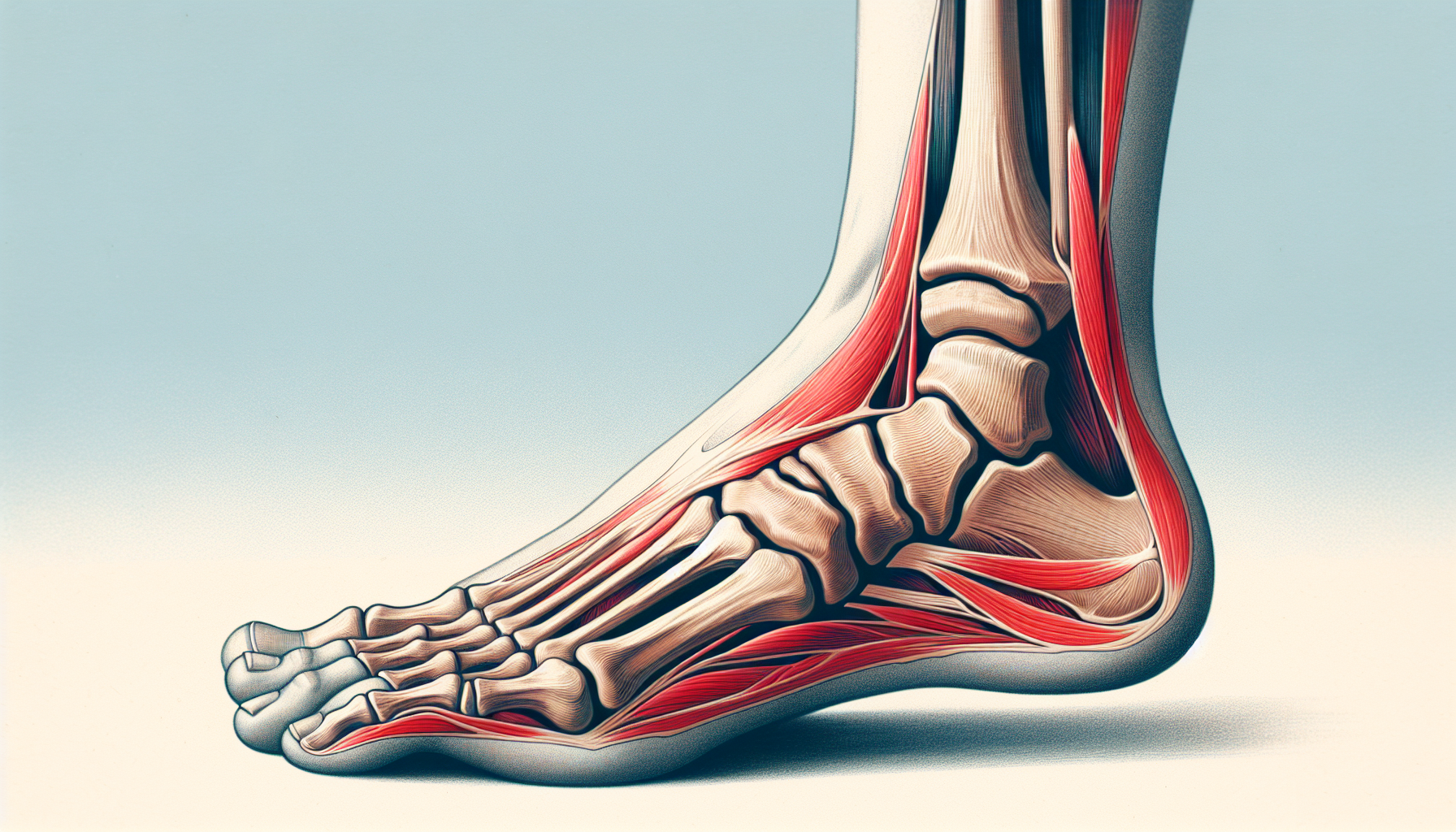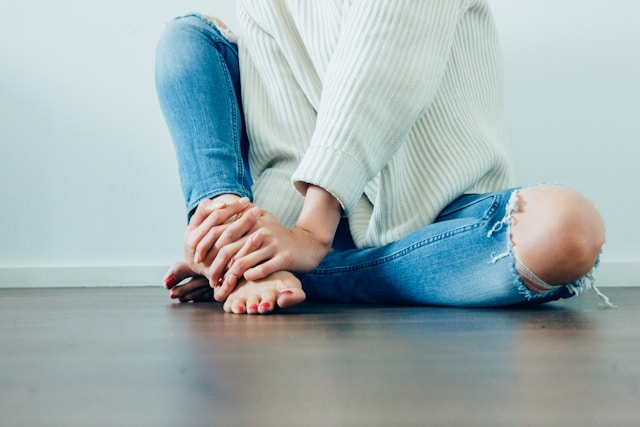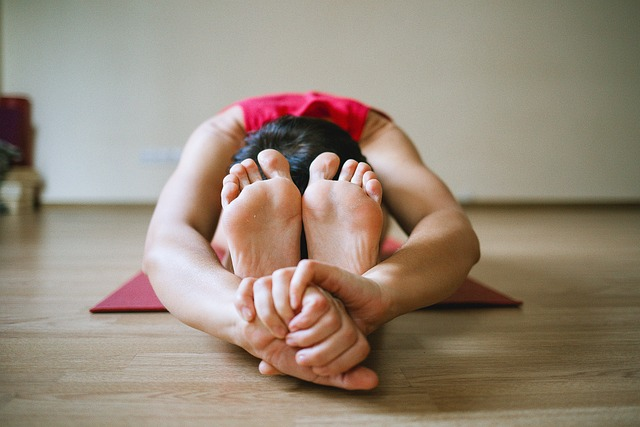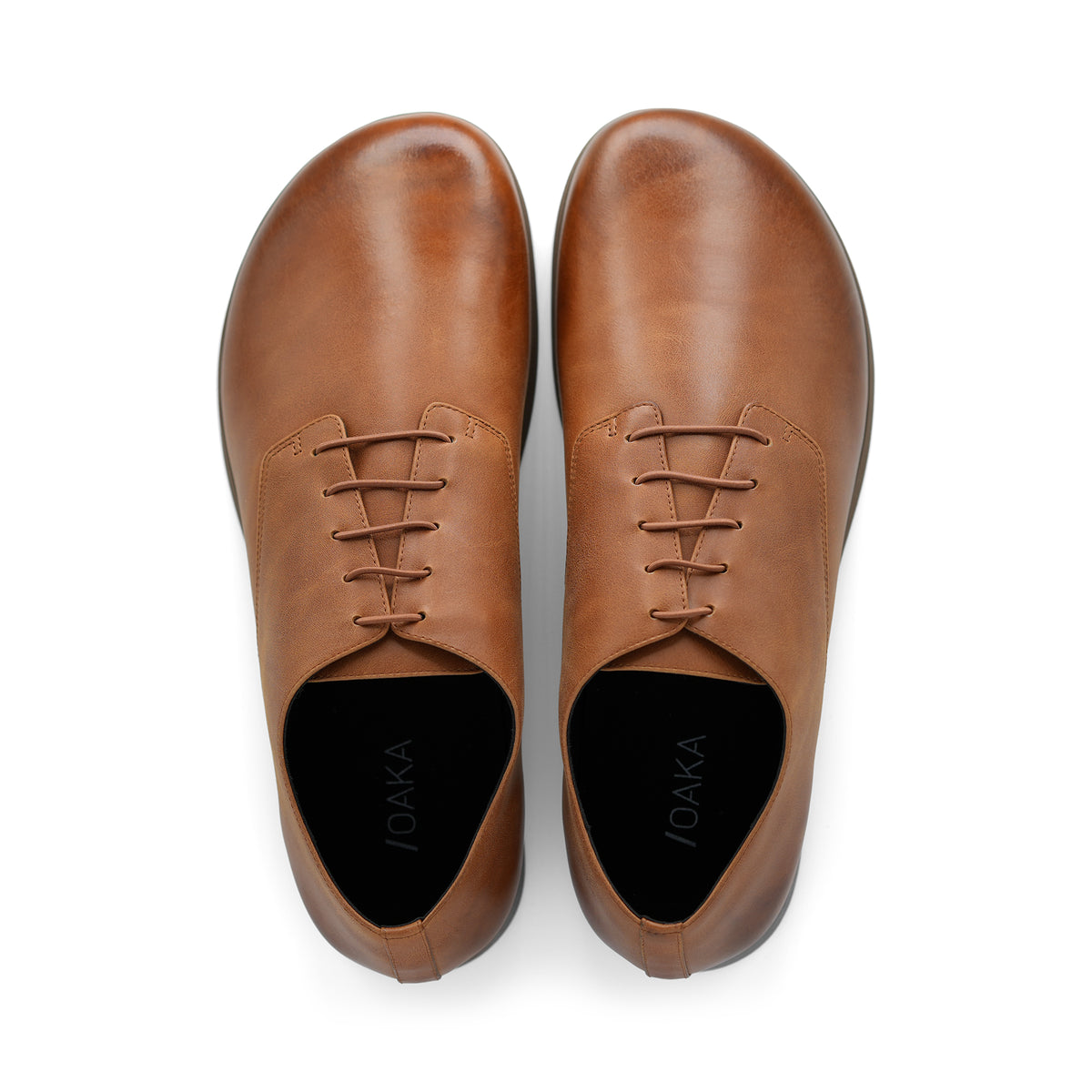Why do your feet hurt while walking? This common question has a variety of potential answers. From incorrect shoe choices to chronic health conditions, we’ll delve into the culprits of your foot pain and provide straightforward solutions to walk in comfort. By identifying the source of pain, you’ll be equipped with the knowledge to take the right steps toward pain-free walking. Let’s get you back to moving with ease.
Key Takeaways
-
Common causes of foot pain include conditions such as plantar fasciitis, flat feet, plantar warts, and bunions, which can significantly impact daily activities and mobility.
-
Immediate remedies for foot pain include applying ice, resting, stretching, and taking over-the-counter pain relievers; persistent pain after several weeks warrants professional medical attention.
-
Advanced treatments like custom orthotics, combined with lifestyle adjustments and preventative care such as maintaining a healthy weight and wearing supportive shoes, can both alleviate existing foot pain and minimize future occurrences.
Identifying the Pain: Common Symptoms and Possible Causes

When it comes to foot pain, a few culprits often take the blame. Conditions like plantar fasciitis, flat feet, plantar warts, and bunions aren’t just uncomfortable; they can be disruptive to your daily wanderings. Plantar fasciitis, for instance, snatches the spotlight with sharp heel pain, particularly notorious in the morning or after sitting for long stretches. The stiffness and jabbing pain are at their worst after rest, making those first steps feel like an ordeal rather than a natural start to your day. In addition to these conditions, the achilles tendon can also be a source of discomfort for some individuals.
Flat feet, on the other hand, lead to excessive pronation, causing discomfort and pain during your ambulatory adventures. The pain typically camps out in the arch or along the inner foot and intensifies with activity, making you wish for a magic carpet to whisk you away.
Then there’s the bunion brigade, with its painful, bony bump by the big toe joint. These unwelcome guests not only cause chronic toe pain while walking but also make shoe selection a strategic mission. The big toe’s wayward drift towards its siblings creates ongoing pain and discomfort, accompanied by a telltale red, swollen appearance that begs for relief. Opting for shoes with a wide toe box can help alleviate some of this discomfort.
First Response to Foot Pain

When foot pain crashes your stroll, don’t just grit your teeth and bear it. Your first line of defense involves a trio of tried-and-true remedies: ice, rest, and stretching. Additionally, otc pain relievers can help alleviate the discomfort. Imagine granting your feet a chilly retreat by rolling them over a frozen water bottle, or swaddling them in an ice pack’s cold embrace to curb inflammation and tenderness. Rest is just as crucial, giving your feet a well-deserved hiatus from the pressures of weight-bearing activities, thus easing the discomfort and steering clear of additional strain.
But resting your feet doesn’t mean neglecting them. Engage in the subtle art of toe gymnastics—flexing, pointing, curling—to fortify those foot muscles and keep cramps and future soreness at bay. As you embrace these at-home treatments, listen to your body’s cues. If the pain persists or worsens, it might be time to seek a more experienced guide on this trek to recovery.
When to Seek Professional Help
Imagine encountering a fork in the road of your foot pain journey: one path leads to continued self-care, while the other heads towards professional help. It’s time to take the latter if:
-
Severe pain or swelling sets in, especially post-injury or alongside an open wound that’s decided to add pus to its repertoire.
-
You’re grappling with sudden severe foot pain.
-
You notice signs of infection like persistent redness or swelling.
-
Both of your feet are under siege (a red flag for those with diabetes).
In these cases, it’s imperative to consult a healthcare provider.
Persisting pain that laughs in the face of several weeks of home treatment, or the sensation of numbness and tingling as if your foot’s throwing its own peculiar party—these are signals to book an appointment with a healthcare provider. And if you’ve been soldiering on with home treatments for 2 to 5 days without a whisper of improvement, or if the pain has overstayed its welcome for more than two weeks, it’s high time for a professional intervention. When your feet cry out for help, it’s wise to listen and act promptly, potentially exploring the realm of advanced treatment options.
Advanced Treatment Options for Persistent Foot Pain
For those whose foot pain refuses to pack up and leave, advanced treatment options may beckon. Arch supports or shoe inserts step in as the cavalry, offering stability and ensuring your feet tread in proper alignment, thus easing your pain. Custom orthotics are crafted to fit your feet as snugly as a well-told story fits its audience, based on a thorough assessment of your foot shape, stride, and any foot deformity. Those battling severe bunions will find solace in orthotics that redistribute pressure away from the sore joints, offering a buffer from the daily grind.
Before you embark on the orthotic odyssey, ensure you have a map—a healthcare provider or podiatrist’s evaluation—to guide you to the orthotic promised land tailored to your specific foot needs. With the right support underfoot, you can stride into a pain-reduced future, complemented by lifestyle adjustments and physical therapy that keep you on the move.
Lifestyle Adjustments for an Active Lifestyle

Pairing advanced treatments with lifestyle adjustments can be your ticket to an active life, free of the chains of foot pain. Consider the art of cross-training; by alternating between high-impact and low-impact exercises, you give your feet a chance to recover without putting your fitness goals on hold. Maintaining a balanced lifestyle is about more than just exercising restraint; it’s about setting achievable goals, breaking tasks into manageable bites, and penciling in rest periods to treat foot pain and keep it at bay.
Attuning to your body’s pain and fatigue signals is akin to understanding a foreign language; it allows you to recognize when you’re pushing too hard and when to dial it back. As you make these adjustments, remember that the goal is not just to manage existing pain but to lay the groundwork to prevent its return—let’s explore how to keep those feet happy for the long haul, considering how it affects blood flow and avoiding stress fracture.
Preventing Future Foot Pain
Crossing the bridge from managing to preventing foot pain requires a few key strategies. A healthy weight acts as a pillar, supporting your feet by alleviating pressure and mitigating structural issues such as heel pain and arthritis. Your diet, a mosaic of whole grains, fruits, vegetables, and healthy oils, can keep those scales—and your feet—in harmony.
Lace up your sneakers or wear shoes like barefoot shoes for regular physical activities, which keep the weight off and the foot pain at bay, with a daily dose of either an intense workout or a moderate activity. As you navigate these preventative measures, remember that wearing shoes with proper cushioning and support is the bedrock of foot health—well-cushioned, supportive shoes are the guardians against the return of pain.
With these strategies in place, including taking otc pain relievers, you’re not just walking away from pain; you’re striding towards a future where foot pain is a distant memory.
Summary
From the first twinge of discomfort to the strategic choices that keep our feet in fine form, we’ve traversed the landscape of foot pain together. We’ve learned to identify the pain’s causes, respond with home remedies, recognize when to seek help, explore advanced treatments, and make lifestyle adjustments that fortify our foundation. As we part ways, remember that each step you take can be a step towards healing and health—listen to your feet, and they’ll carry you far.
Frequently Asked Questions
Can foot pain be related to heart problems?
Yes, foot pain can be related to heart problems, as it can indicate poor circulation and potential heart-related issues. Symptoms such as non-healing ulcers, burning sensation, or swelling in the feet may suggest underlying heart or circulatory problems.
Is it good to walk with foot pain?
It's not recommended to walk with foot pain as it may cause further damage to the tissues. It's better to do simple foot exercises to improve strength and seek general foot care.
Should I be concerned if my feet hurt?
Yes, if you experience severe or persistent pain, signs of infection, or have diabetes and a non-healing wound, it is important to seek medical attention for your foot pain. These could indicate underlying issues requiring professional evaluation.
What causes pain in the feet when walking?
Pain in the feet when walking can be caused by conditions such as arthritis, fractures, gout, tendinitis, and plantar fasciitis, with age-related joint wear and excess weight being contributing factors. These conditions can result in discomfort and difficulty with walking.
What are the first signs of plantar fasciitis?
The first signs of plantar fasciitis often include sharp heel pain, particularly when taking the first steps in the morning or after sitting for a long time.
_____________
P.S. Try OAKA, our barefoot Derby style dress shoe that strengthens your feet and provides all day comfort.
---
Michael Plater is an authority on barefoot shoes, having spent years reviewing and testing products as well as modifying and ripping out soles to find the healthiest options.

